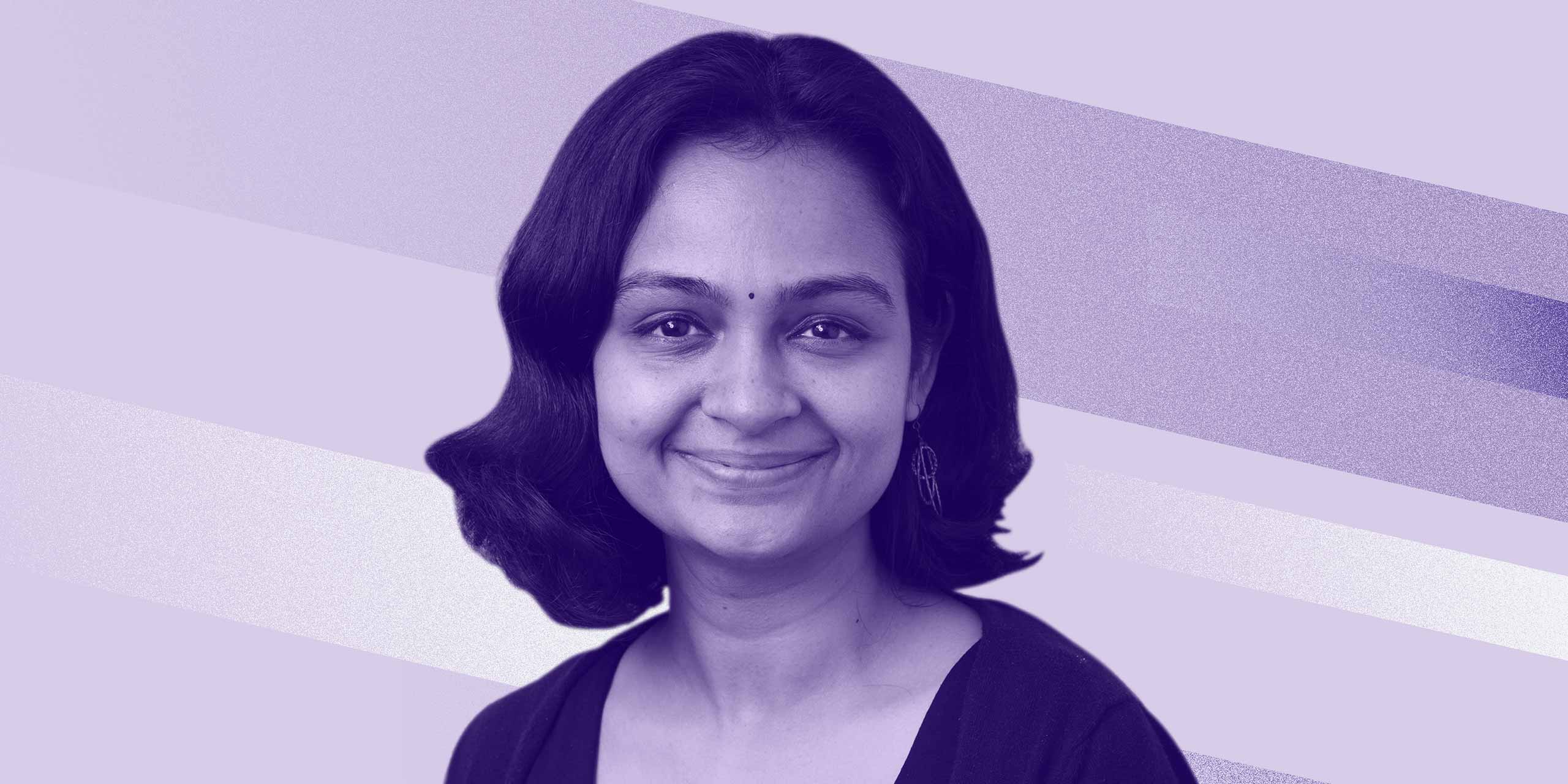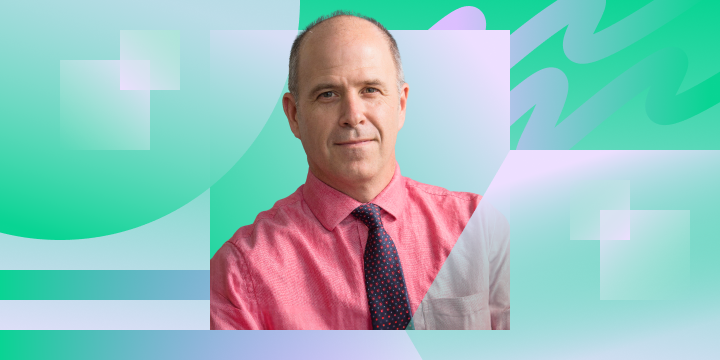In our recurring series “Academic Admissions” we ask interesting people to tell us about the transformative role education has played in their lives. In this instalment, mathematician Dr. Priya Subramanian describes her cross-discipline and international quest to be one of the “why people”: and why that one more speculative e-mail sent in the middle of the night might just be the one to kickstart your career…
Priya Subramanian is a lecturer and research fellow in the School of Mathematics at the University of Leeds in England. In 2017, she won one of five L’Oréal-UNESCO Fellowships for Women in Science for her work on finding formulae that govern the formation of non-repeating crystalline patterns. Learn more on her site here.
I grew up in South India, in Chennai, a big city the size of London—about eight million people. My early years were in a joint family, with about 12 adults and a few kids spanning four generations in one house. Games that we used to play after dinner with my great-grandfather would include multiplication tables. Just writing them on the floor with chalk—to see who could do it faster and more accurately. And so my first impression of math was as a trick or a game. I still carry that impression with me, and that helps me to approach mathematics with a non-anxious outlook. It’s okay to be wrong, it’s okay to ask what might be stupid questions, and it’s okay to not know.
When I was 11 or 12, I didn’t know what a PhD was, but I knew I wanted to do something that requires concentrated effort for a sufficiently long time so that I actually knew something at a deep level at the end. I was considering doing research in physics or math, or zoology.
I was a very precocious student in school, and I’m sure I gave some headaches to my teachers. I went to my zoology teacher, and I was asking her about why we have five fingers on our hands. Why not four or six? Her response was: “In zoology, we don’t ask why. You do that in physics..” Now, at a school level, when she’s trying to handle about maybe 40, 45 students, that is probably what anybody would say, but in my head, it kind of stuck, and so I decided, “Fine. I like the why questions. I’m going to be one of the why people,” and so I decided to focus on physics and math.
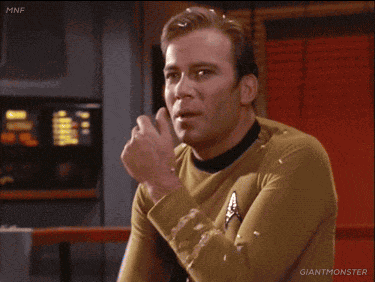
My first love was planes, spacecraft and space exploration born out of watching Star Trek. I grew up watching the first generation of Star Trek, because their reruns happened much later in India. I wanted to understand if a warp engine might be possible. Aero- and astro-propulsion were very interesting, and so I decided to study planes.
I chose to study aeronautical engineering in my undergrad, and it was a lovely experience, because half of the course was about design, and half of the course was about maintenance.
I learned a lot about civil aviation regulations. I still remember what’s happening when you’re waiting on the tarmac and you see these little trucks going around your plane. I actually know what they’re doing, and it still doesn’t take away from how beautiful it is when you lift off and the wing just warps up, especially if you’re flying A380 these days. It’s like an entire house flying.
Finding a love for science
I finished my undergrad, and I decided I didn’t want to do a master’s; I wanted to actually just go for a PhD. In India, you can apply for a PhD without a master’s with a University First Rank in your undergrad by writing the mandatory GATE exam. And so in 2007 I started my PhD with Prof. Raman Sujith, a wonderful mentor at Indian Institute of Technology Madras. He did his PhD at Georgia Tech, and he moved back to India to work in his country. He and I collaborated on trying to understand how flames and sound interact with each other. This happens in many situations in our everyday life. For example, if you put a candle flame in front of your subwoofer, and you play bass sounds loudly, you’ll see that the flame flickers in tune with the music. Another example where a similar interaction happens is a Rijke tube:
In 2012, there was a big turning point in my life: I handed in my PhD thesis and was fortunate to attend a one-month residential program at the Santa Fe Institute, where every summer they organise a Complex System Summer School. That experience exposed me to a lot of people who were doing really innovative research. It was the first place where I met social scientists, information theorists and statisticians. I really saw how integrated interdisciplinary research can be, and how much fun that way of looking at things can be. That experience bolstered me and convinced me that I could pursue a career that spans different scientific research areas.
92 letters
Finding my first post-doctoral position was not a smooth transition. Since I wanted to change research areas, it used to be that I needed to write one letter, every day, to somebody somewhere in the world saying, “The topic of your work seems nice and is interesting to me. This is what I’ve done. Do you have some money, or do you have any suggestions how I can apply for some money and then come and work with you?”
I think it was the 92nd letter that finally got a response—ten minutes after I pressed ‘send’ in the middle of the night in India. A director of the Max Planck Institute replied, “I don’t have the money, but I know somebody who’s setting up their group. I think they’ll be interested in you. Are you interested?”
Five months later, I moved to Göttingen, a tiny little village-ish town in the middle of the Harz Mountains in Lower Saxony, Germany. It’s a beautiful place, with a lot of history and houses where historical figures used to live. Ludwig Prandtl worked there. I’ve seen his wind tunnel in the lab. It’s still being used!
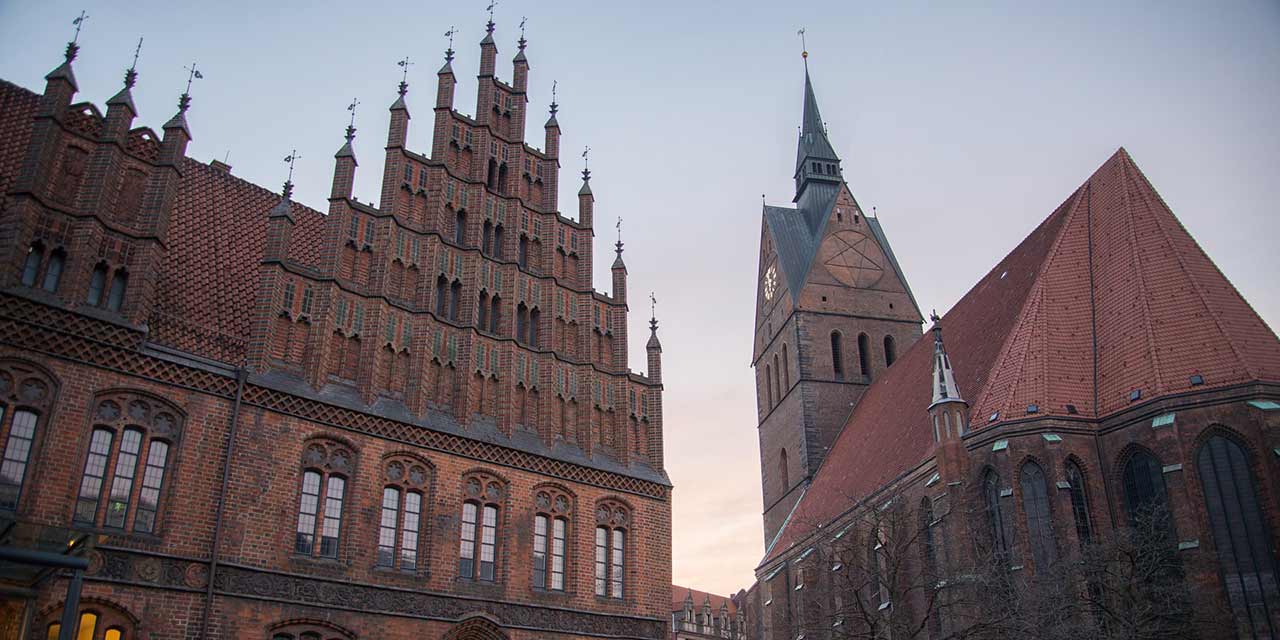
During my first postdoc, I needed to adjust to several things about living in Germany, such as learning a new language. I wanted to self-manage, be self-employed in some sense, and I thought that being an academic was the best way to get that. Then, and now, I can work from home if I want to for a day or a couple of hours unless I am teaching. I can even work on a train. But people expect me to take care of my time—there’s no literal punching in and out.
My research focus was to look at patterns in fluids. When fluids are heated from below the hot fluid starts to move up and the cool upper layer of fluid starts to move down and together they form ‘rolls.’ Such rolls can be found in oceans, the atmosphere and even in the layer of gas within double-glazed windows. When such convection happens, the temperature gradient which drives the flow can sometimes be not aligned with gravity—so you could have patterns in a system that are at a slant to gravity.
My post-doctoral supervisor gave me the freedom to write up old work and publish with my PhD collaborators. Then and since, a lot of people act as mentors to me, even if they were in no way directly responsible for me. I think that they were helping me to thrive by saying, “Of course, I give you the freedom, and I would assume that you use your time judiciously to do proper things, not just relax, but to do good research.” So, in this way, being a researcher is definitely like being self-employed.
Finding a pattern that doesn’t repeat
When I moved to the University of Leeds in 2015, I continued with pattern formation, but now the physical system became different. We’re looking to understand how soft matter such as polymers crystallize and what patterns they might form when they are cooled. Instead of focusing on a specific system, I’m trying to find the minimal recipe needed to produce complex patterns. In particular, we want to understand the formation of an interesting kind of pattern called quasicrystals.
The most powerful thing about science is that it’s self-correcting.
Quasicrystals were discovered in 1982, controversial for a few years, and then the Israeli scientist, Prof. Dan Schectman, who found them ended up getting the Nobel Prize (in 2011.) The existence of quasicrystals went against the then definition of a crystal, meaning that definition had to be changed. This is a rare instance when we clearly see the most powerful thing about science, that it is self-correcting. There are also really interesting connections between quasicrystals and aperiodic tilings, and even the motifs that we see in medieval Islamic architecture.
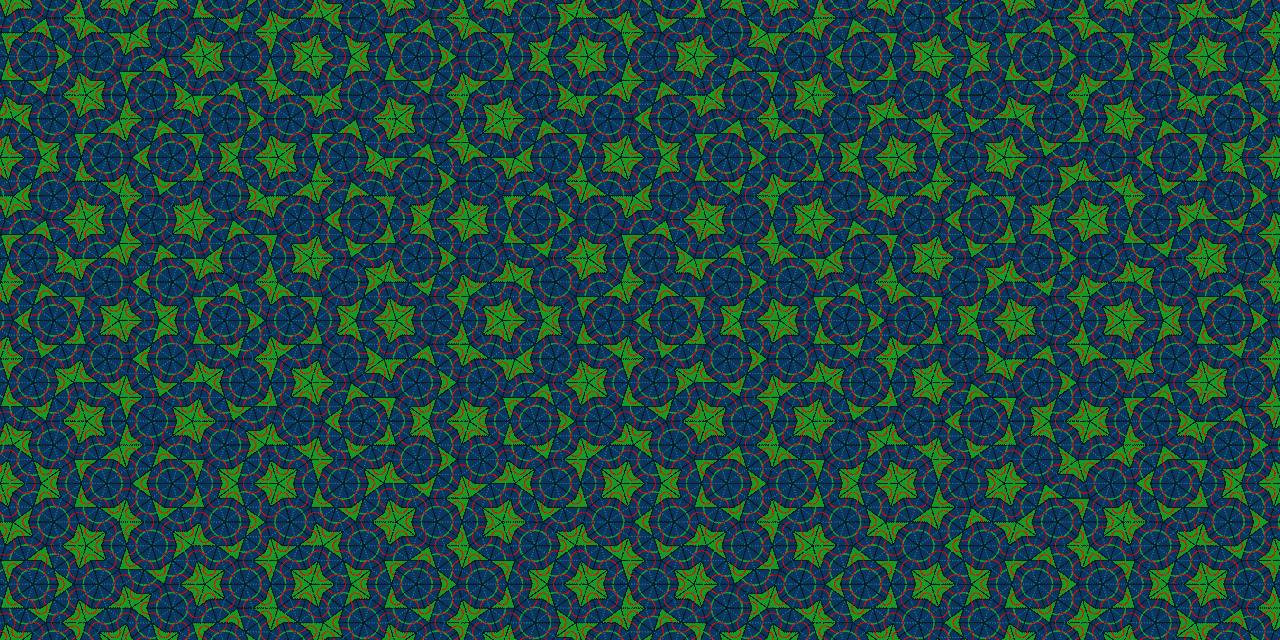
Roger Penrose [the mathematician who created ‘the impossible triangle’] found that you could have an aperiodic tiling sequence with just two tiles. Look at the floor design in front of the Oxford Mathematical Institute, where Penrose is an emeritus professor. When they were laying in the flooring, he was allowed to inspect it and find defects and make it so they would change it to make it right. Starting this August, I will be walking on those very patterns as I work at the Oxford Mathematical Institute as a Hooke Fellow.
‘An incredibly brave thing to do’
Today, I’m on the receiving end of letters, very much like the 92 letters that I wrote in 2012. I receive letters that say: “I would like to do a PhD. This part of your work is interesting. This is what I have done. Is there any funding that I can apply to work with you?.” It’s amazing to see the number of applications that come out from countries like India, Pakistan, Mexico and China. Lots of people want to come out and work, and many times, they are asking to change both scientific and geographic area. I think it’s an incredibly brave thing to do, as it takes a lot of effort and time to establish oneself in a new scientific area. I definitely know a little bit how uncertain that journey can be.
During my studies and postdoctoral years filled with uncertainty, I’ve been lucky to have support from my family. In my family, we have what can be called a ‘family bank’. We all tend to pitch in a little bit of money when we’re earning, and when we need it, we can rely on it to see us through the rough patches. Of course, my father might say, “Do you really need this?” but it comes without interest, and it’s not a loan. This is something I think I’ve been very privileged to be part of, and my brother supported me when I was doing the final stages of my PhD. He was working then, and now, he’s finishing his own PhD.
International experience is very valuable, and it’s something people who are recruiting for a permanent position look at: can this person work successfully across different scientific and geographic cultural differences? I’d encourage everyone to actively look to work in at least one country outside where they grew up: it’s an even better experience to you go to a country where they don’t speak your language and you have to learn it.
I’m part of a postdoc forum here at Leeds, so when new postdocs come, I talk to them about all that is possible here—and I tell them that they should volunteer to teach. I find that there’s a lot of hesitancy, they ask: “Do I really need to?” My experience of teaching has made me a more efficient researcher and has exposed me to the joy of seeing the light in a student’s head turn on, as they understand a new idea.
We all have our strengths. Some of us are much more comfortable talking in front of a blackboard. Some of us are comfortable just typing things behind a screen, but being an academic always involves talking to people, either in the form of teaching or in the form of giving speeches and talking about your work. So, starting to teach earlier in our career is a good way to learn how to best pass on an idea to our audience.
The two things I will take with me going forward are to jump into a new goal and to have resilience. No wetting toes, just jumping. I believe that we should always think about all risks and all outcomes, but behave as though nothing can stop us from having an incredible journey along the way as we try again and again. Maybe we do not end up at the original goal, but maybe sometimes we go even further.
This interview has been condensed and edited for clarity.
